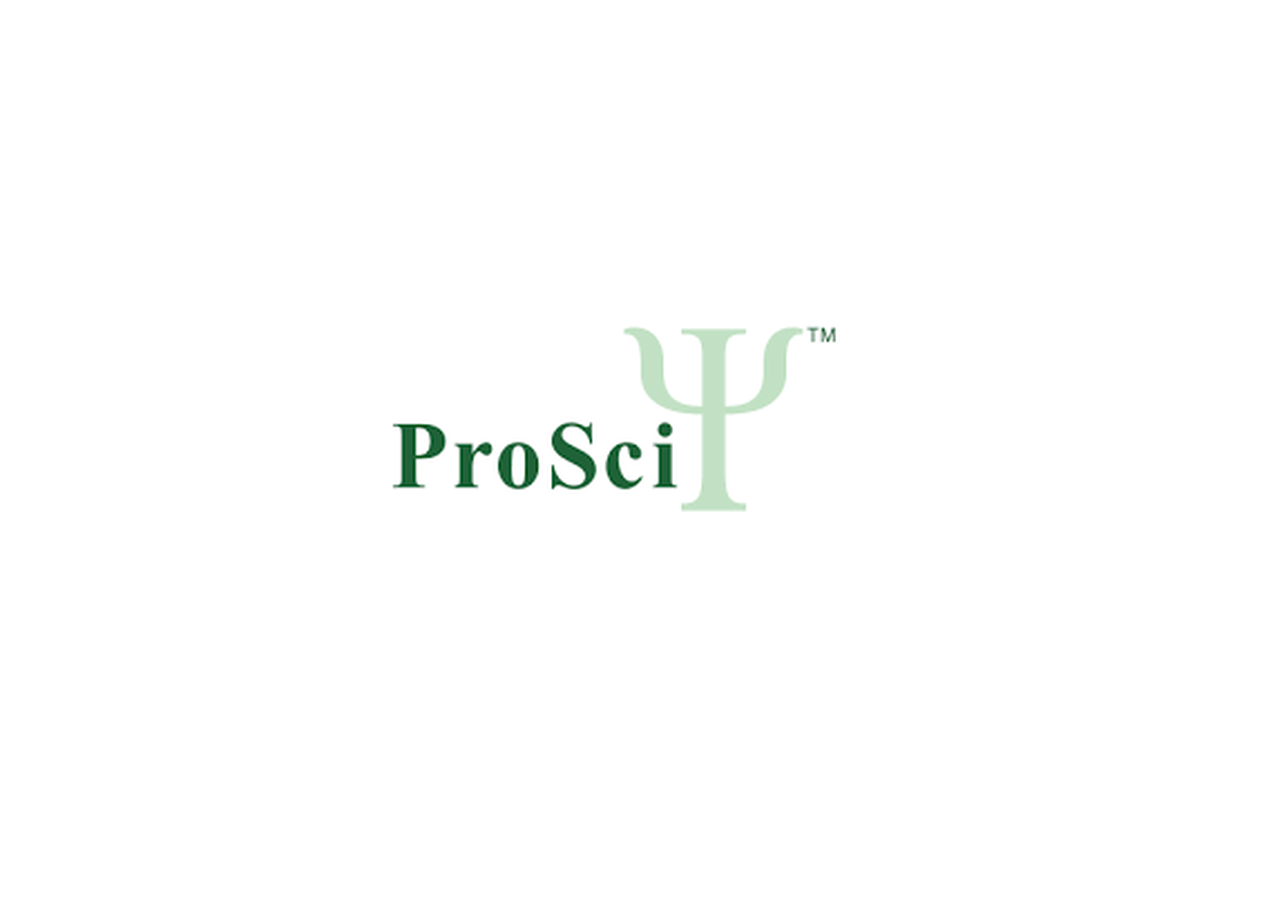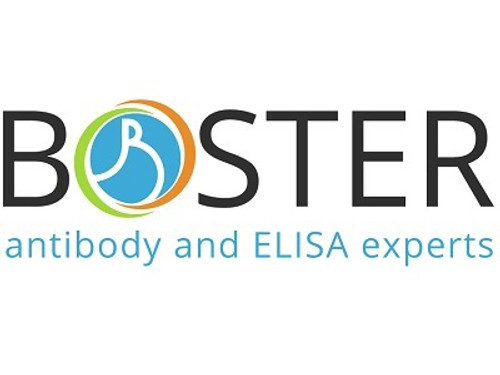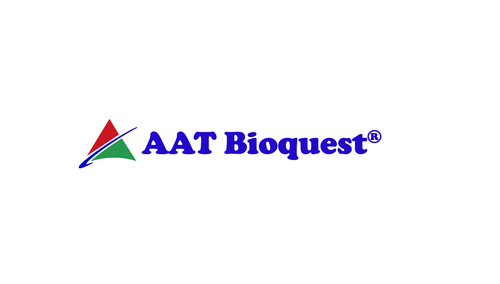Product Description
MED14 Antibody | 56-277 | ProSci
Host: Rabbit
Reactivity: Mouse
Homology: N/A
Immunogen: This MED14 antibody is generated from rabbits immunized with a KLH conjugated synthetic peptide between 586-615 amino acids from the Central region of human MED14.
Research Area: Other
Tested Application: WB
Application: For WB starting dilution is: 1:1000
Specificiy: N/A
Positive Control 1: N/A
Positive Control 2: N/A
Positive Control 3: N/A
Positive Control 4: N/A
Positive Control 5: N/A
Positive Control 6: N/A
Molecular Weight: 161 kDa
Validation: N/A
Isoform: N/A
Purification: This antibody is purified through a protein A column, followed by peptide affinity purification.
Clonality: Polyclonal
Clone: N/A
Isotype: Rabbit Ig
Conjugate: Unconjugated
Physical State: Liquid
Buffer: Supplied in PBS with 0.09% (W/V) sodium azide.
Concentration: batch dependent
Storage Condition: Store at 4˚C for three months and -20˚C, stable for up to one year. As with all antibodies care should be taken to avoid repeated freeze thaw cycles. Antibodies should not be exposed to prolonged high temperatures.
Alternate Name: Mediator of RNA polymerase II transcription subunit 14, Activator-recruited cofactor 150 kDa component, ARC150, Cofactor required for Sp1 transcriptional activation subunit 2, CRSP complex subunit 2, Mediator complex subunit 14, RGR1 homolog, hRGR1, Thyroid hormone receptor-associated protein complex 170 kDa component, Trap170, Transcriptional coactivator CRSP150, Vitamin D3 receptor-interacting protein complex 150 kDa component, DRIP150, MED14
User Note: Optimal dilutions for each application to be determined by the researcher.
BACKGROUND: The activation of gene transcription is a multistep process that is triggered by factors that recognize transcriptional enhancer sites in DNA. These factors work with co-activators to direct transcriptional initiation by the RNA polymerase II apparatus. The protein encoded by this gene is a subunit of the CRSP (cofactor required for SP1 activation) complex, which, along with TFIID, is required for efficient activation by SP1. This protein is also a component of other multisubunit complexes e.g. thyroid hormone receptor- (TR-) associated proteins which interact with TR and facilitate TR function on DNA templates in conjunction with initiation factors and cofactors. This protein contains a bipartite nuclear localization signal. This gene is known to escape chromosome X-inactivation.
 Euro
Euro
 USD
USD
 British Pound
British Pound
 NULL
NULL














